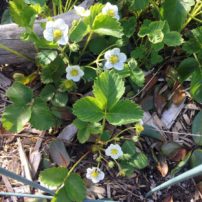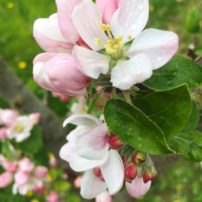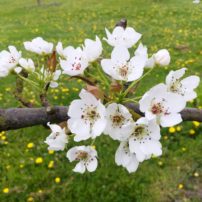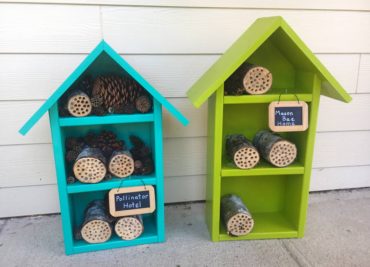
I am not a mason bee expert but I recognize and benefit from their hard work during rainy weather. A few years ago, my strawberries were seedy and not uniformly plump and succulent, so I contacted my local Master Gardener for ideas about what was going on in my fruit garden.
The diagnosis was “a pollinator problem,” or lack of enough pollinators for the size of my home orchard and fruit garden. That is when I first learned about mason bees, one of our native pollinators. So for the past three years, I have been nurturing mason bees in my small, 1/4-acre yard and garden.
These friendly bees look like flies but have four wings, as all bees (flies have two wings). They are solitary and do not make a hive. They are not stinging bees.
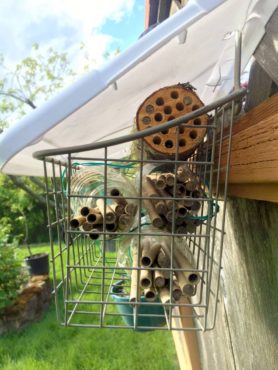
Since they’re native bees, they look for natural places in the landscape to lay their eggs for the next year. The Peninsula Fruit Club and the Bainbridge Fruit Society provide handouts at the local farmers markets to educate the public about the importance of nurturing the mason bees for our backyard environments.
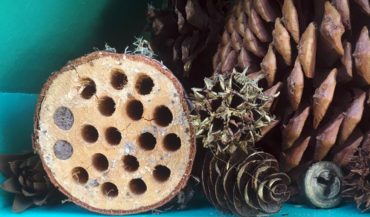
Best practices include offering the bees 6-inch paper tubes that are 5/16 inches in inner-diameter. The bee cocoons that were given to me were inside similar tubes.
Some people tear apart the bee straws and wash the cocoons for winter storage to get rid of any pest wasps. I am not quite that much into the hobby at this point — only storing the tubes then putting them out just before fruit tree buds break in the spring. I do mark the old straws for discard and add fresh bee straws that are available at local plant nurseries or online.
This year at the Northwest Flower and Garden Show in February, I saw a very attractive bee home that I wanted to copy to replace my utility bee straw holders. The utility holders worked perfectly well for two years but went out this year. I hope my craft project is acceptable to the bees.




